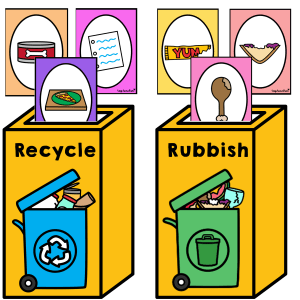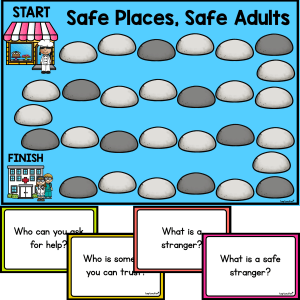Collecting Data at the Zoo POWERPOINT
Description
Take your students on a wild learning adventure with the Collecting Data at the Zoo POWERPOINT – a curriculum-aligned, interactive experience designed to boost skills in data collection, analysis, and graphing. With a vibrant zoo theme and engaging visuals, this resource transforms data handling into a meaningful and highly motivating lesson that students will love.
As students explore the digital Zoo Map, they’ll collect data by counting the animals they see and recording the results. With each “visit” to an enclosure, they’ll gather information and then use it to interpret, analyse, and graph. The activity encourages hands-on thinking, real-world application, and analytical discussion in a fun and scaffolded format.
Whether used as an introduction to statistics, a revision activity, or a whole-class lesson during a maths unit, Collecting Data at the Zoo POWERPOINT blends visual, interactive, and written components to make data collection approachable for every learner. The included worksheet helps consolidate learning by guiding students to represent their findings on a column graph.
Key Learning Outcomes
- ✅ Practise collecting and organising data using tally marks or frequency counts
- ✅ Interpret and analyse data to answer questions
- ✅ Represent collected data using a column graph
- ✅ Build foundational statistics skills through visual and interactive learning
What’s Included
- Interactive PowerPoint featuring a clickable Zoo Map and animal data scenes
- 4 data analysis questions integrated within the presentation
- Printable worksheet for column graphing task
- Teacher instructions for setup and implementation
Materials Needed
- Device to display the PowerPoint (IWB or screen)
- Student whiteboards or scrap paper for tallying animal data
- Printed column graph worksheet – one per student
- Pencils or markers
How to Play
- Open the interactive PowerPoint and guide students around the Zoo Map by clicking on different areas to visit the animal enclosures.
- Students tally or record the number of animals seen at each location on a whiteboard or notebook.
- After all animals have been counted, students answer the four included questions to interpret the data they collected.
- Finally, students complete the printable worksheet by transferring their data into a column graph.
Ideas for Classroom Use
- 💡 Use as a whole-class modelling lesson to introduce data collection and representation
- 💡 Incorporate into your statistics unit as a follow-up to hands-on data activities
- 💡 Run the PowerPoint as a maths rotation or digital station activity
- 💡 Display the Zoo Map and data findings as a class anchor chart or bulletin board
Top Teacher Tips
- 💛 Encourage discussion after each slide to reinforce observational thinking and mathematical language
- 💛 Use different coloured markers for tallying to support visual learners
- 💛 Pair students to support collaborative problem-solving and peer modelling
- 💛 Extend the task by having students create their own zoo map and survey for classmates to complete
Additional information
| Number of Pages | 24 |
|---|---|
| File Format | pdf, zip |
| Australian Curriculum Code | AC9M1ST01, AC9M1ST02, AC9M2ST01, AC9M2ST02, AC9MFST01 |
Australian Curriculum V9
F - 6
Lorem ipsum dolor sit amet, consectetur adipiscing elit.
Lorem ipsum dolor sit amet, consectetur adipiscing elit.
Lorem ipsum/ Lorem ipsum/ Lorem ipsum
Lorem ipsum dolor sit amet, consectetur adipiscing elit.
Lorem ipsum dolor sit amet, consectetur adipiscing elit.
Lorem ipsum/ Lorem ipsum/ Lorem ipsum
Lorem ipsum dolor sit amet, consectetur adipiscing elit.
Lorem ipsum dolor sit amet, consectetur adipiscing elit.
Lorem ipsum/ Lorem ipsum/ Lorem ipsum
Lorem ipsum dolor sit amet, consectetur adipiscing elit.
Lorem ipsum dolor sit amet, consectetur adipiscing elit.
Lorem ipsum/ Lorem ipsum/ Lorem ipsum
Lorem ipsum dolor sit amet, consectetur adipiscing elit.
Lorem ipsum dolor sit amet, consectetur adipiscing elit.
Lorem ipsum/ Lorem ipsum/ Lorem ipsum








